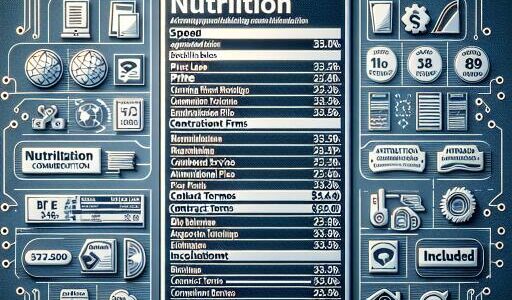Simultaneous Performance Improvement and Energy Savings with an Innovative Algorithm for 6G Vision Services – Today Headline
In the rapidly evolving landscape of mobile technology, the advent of 6G is ushering in an era of groundbreaking services such as augmented reality (AR) and autonomous driving. These services, rich in potential to transform everyday life, require the rapid capturing and intelligent processing of visual data. A pivotal breakthrough has been made in this domain by a team of researchers, who have developed an algorithm that marries the twin objectives of computational efficiency and accuracy in processing for 6G vision services.
6G vision services are at the forefront of integrating advanced technologies, enabling devices to understand and interact with their environment in unprecedented ways. The backbone of these services is deep learning-based models that analyze videos and images in real-time. However, the complexity of these models and the sheer volume of data involved place a hefty demand on processing resources, necessitating the use of high-performance GPUs and meticulously accurate learning models.
Traditionally, the optimization of learning models and the efficient use of computing and networking resources have been approached as discrete challenges. This separation has resulted in less than optimal usage of mobile device resources and performance inefficiencies. Addressing this gap, the innovative research introduces an integrated approach, optimizing learning models and computing/networking resources concurrently in real time.
The core of this innovation is the ‘VisionScaling’ algorithm. It functions by dynamically adjusting to the mobile environment, ensuring optimal performance even without advance knowledge of future conditions. This agility is achieved through ‘Online Convex Optimization (OCO),’ a cutting-edge technique in the field of machine learning.
The capability of the VisionScaling algorithm to adapt in real-time results in a substantial reduction in energy consumption—by at least 30%—while maintaining or even enhancing accuracy. Additionally, this algorithm markedly improves end-to-end latency by 39% compared to existing solutions, offering a smoother and more efficient user experience.
Real-world applications of this algorithm within embedded AI devices and connected edge computing platforms have provided concrete evidence of its effectiveness. These practical tests have demonstrated not only significant energy savings in mobile devices but also notable improvements in the speed and reliability of 6G vision services.
The implications of this research extend far beyond the immediate benefits of energy savings and enhanced performance. By proving the feasibility of dynamic optimization and learning techniques in unpredictable mobile environments, this breakthrough lays a critical foundation for the future development of deep learning-based mobile services. These advancements promise to leverage higher memory and computing resources more judiciously, paving the way for the next generation of mobile technology.
In essence, the breakthrough brought about by the VisionScaling algorithm signifies a major leap forward in realizing the full potential of 6G services. By addressing and overcoming the twin challenges of accuracy and resource efficiency, this research heralds a new era of mobile technology, empowering smarter, faster, and more energy-efficient applications for the future.










